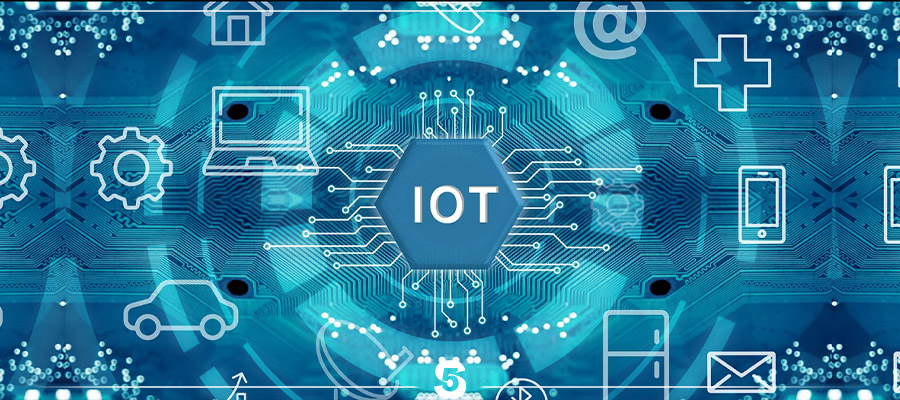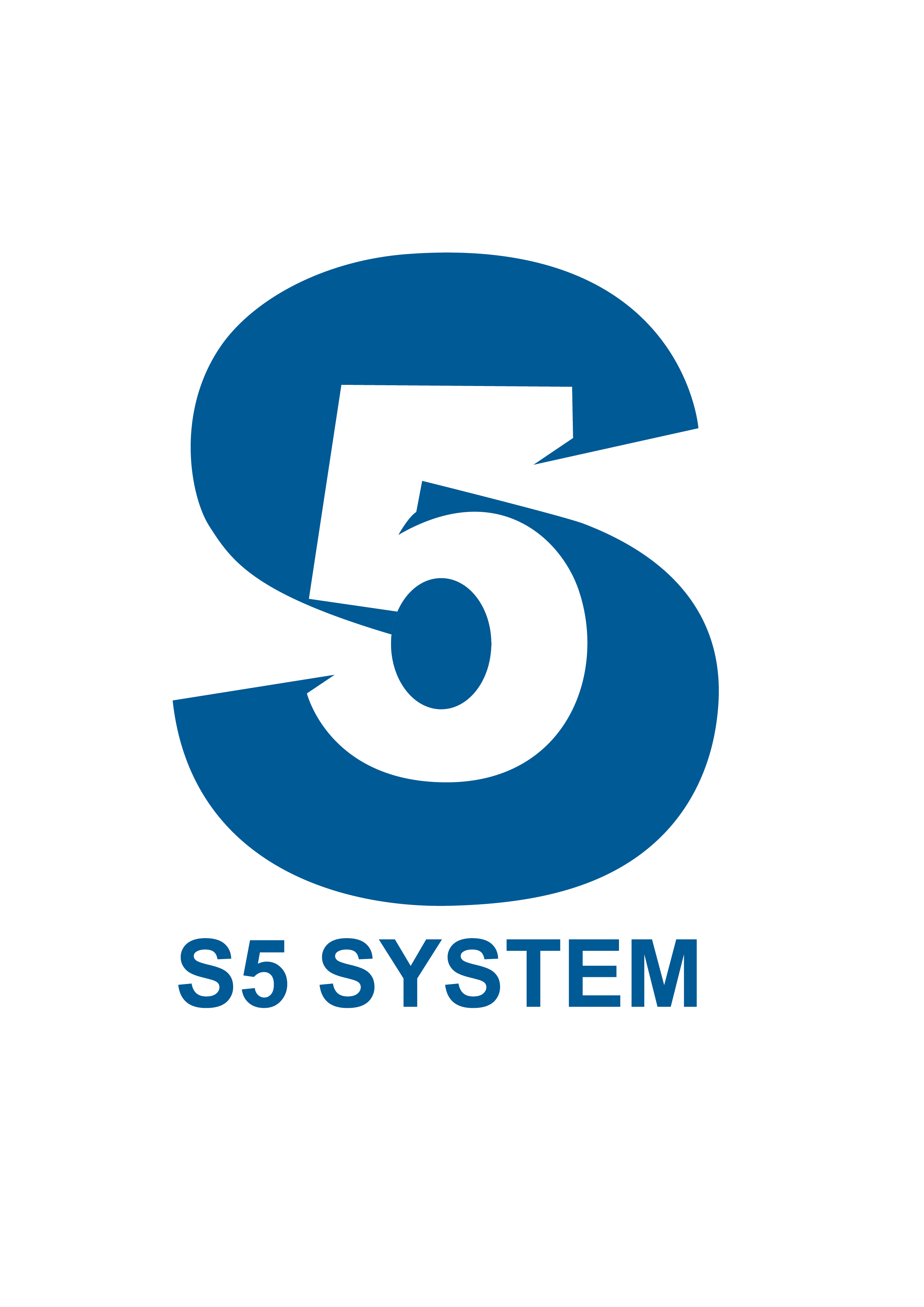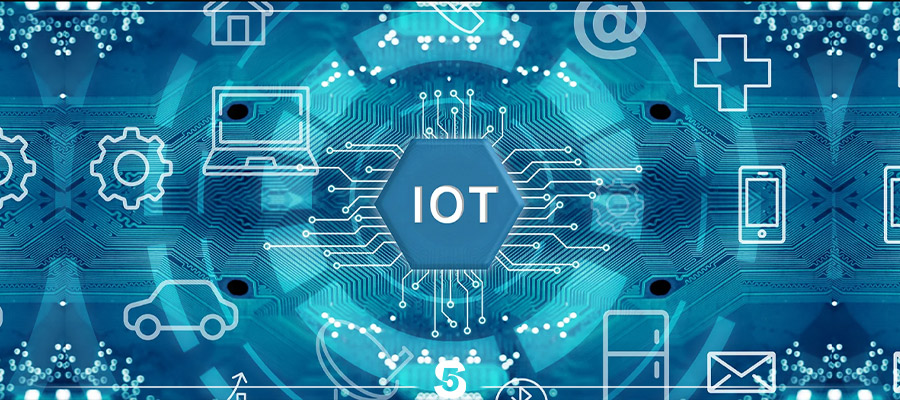Internet of Things (IoT) in healthcare: benefits, use cases and evolutions
The usage of the Internet of Things (IoT) in healthcare (the industry, personal healthcare and healthcare payment applications) has sharply increased across various specific Internet of Things use cases. At the same time we see how other healthcare IoT use cases are picking up speed and the connected healthcare reality is accelerating, even if hurdles remain.
Thus far, most IoT initiatives in healthcare revolved around the improvement of care as such with remote monitoring and telemonitoring as main applications in the broader scope of telemedicine. A second area where many initiatives exist is tracking, monitoring and maintenance of assets, using IoT and RFID. This is done on the level of medical devices and healthcare assets, the people level and the non-medical asset level (e.g. hospital building assets).
However, these deployments and use cases are just the beginning and, at the same time, are far from omnipresent. More advanced and integrated approaches within the scope of the digital transformation of healthcare are starting to be used with regards to health data aspects where IoT plays an increasing role, as it does in specific applications such as smart pills, smart home care systems, personal healthcare, robotics and Real-Time Health Systems (RTHS).

Towards a more integrated and mature IoT-enabled eHealth reality
Within the overall connected healthcare and eHealth picture, more integrated approaches and benefits are sought with a role for the so-called Internet of Healthcare Things (IoHT) or Internet of Medical Things (IoMT). The period from 2017 until 2022 will be important in this transition, with several changes before 2020.
From 2017 until 2022, growth in IoT healthcare applications is indeed poised to accelerate as the Internet of Things is a key component in the digital transformation of the healthcare industry and various stakeholders are stepping up their efforts.
Moreover, there is an increasing consciousness and engagement of consumers with regards to their health, demand for remote and home possibilities keeps growing, various healthcare ecosystem players come up with novel approaches and partnerships; and healthcare expenditure reduction remains a main goal, along with better quality care. A more integrated and IoT-enabled eHealth approach proves essential in all these areas.
Some regions, such as the US, are leading in healthcare IoT and in leveraging health-related data from IoT devices. According to the 2017 Thales Data Threat Report, healthcare edition, which we covered in an article on healthcare and cybersecurity, already 30 percent of healthcare organizations use IoT for sensitive data.
March 2017 research from Aruba Networks (more below) found that by 2019, 87 percent of healthcare organizations will have adopted Internet of Things technology and 76 percent believe it will transform the healthcare industry.
More data and evolutions in the mentioned articles. Let’s now look at some key aspects and use cases within the broader scope of the Internet of Things in the healthcare sector.
The vast landscape of healthcare stakeholders and IoT possibilities
We once started listing all the applications, examples and use cases regarding the usage of the Internet of Things (IoT) in healthcare. We had to stop.
The reason: healthcare is such a vast ecosystem and once you also start including personal healthcare, the pharmaceutical industry, healthcare insurance, RTHS, healthcare building facilities, robotics, biosensors, smart beds, smart pills, anything remote and the various healthcare specializations, activities and even (treatments of) diseases, that list of Internet of Things applications in healthcare quickly becomes endless.
In the scope of this article we don’t focus on pharma nor on how IoT (and AI) helps in the treatment of specific diseases or the evolutions with regards to specific areas such as bionic limbs and others.
The mentioned vastness goes both for the IoT use cases and the real-life applications of the Internet of Things in the healthcare industry. Still, as said some use cases clearly stick out if we look at applications and evolutions on the side of healthcare providers and healthcare payers.
Acceleration in all IoT use case and applications in healthcare ahead
Two things are for sure: 1) the main IoT use case in healthcare for now is (remote) health monitoring, certainly from an IoT spending perspective and 2) the Internet of Things will soon be pretty ubiquitous in healthcare and health-related activities and processes on various levels.
Moreover, we see that devices and IoT applications, which traditionally fit more in a consumer context (e.g. personal health trackers) get an increasing place in the relationship between consumer/patient and healthcare providers and payers. Patient engagement and consumer consciousness play an important role here and in the relationship with healthcare payers also incentives and Premiums do (compare with the use of telematics in in insurance).
Outside of this scope there is major growth ahead in a more Industrial Internet of Things context, whereby healthcare providers, such as hospitals, leverage IoT, in combination with applications and technologies in the field of robotics, artificial intelligence and Big Data.
The second focus area of IoT applications we mentioned in the introduction (monitoring, tracking, maintenance and so forth) is certainly also going to keep growing; albeit at difference paces, depending on the hospital, country and so on. Some will start with tracking anything from medical equipment and patients to hospital building assets and beds, others will move to the next stages.

Internet of Things in the context of healthcare transformation and the challenges of information-driven healthcare
Remote health monitoring – and various other IoT use cases in healthcare need to be seen in the context of the main challenges in healthcare and the areas with a clear benefit and/or purpose/possibility of innovation.
The developments regarding the Internet of Things in healthcare also need to be seen in the context of the digital transformation of the various healthcare segments. IoT, from an enablement perspective, is a cornerstone of the digital transformation of healthcare until at least the next decade.
The Internet of Things and healthcare information systems
In a health data context de facto quite some data from medical devices and monitoring systems ultimately end up in Electronic Healthcare Records (EHR) Systems or in specific applications which are connected with them and send the data to labs, doctors, nurses and other parties involved.
As health-related data is collected and increasingly is available in real-time, it gets integrated with electronic healthcare records (EHR).
EHR systems are far from omnipresent and most have not been designed with the Internet of Things, RFID and real-time data in mind; they have been designed, if all is well, to make healthcare faster, more patient-centric, more affordable and better from the perspective of the patient’s health and the work of healthcare professionals, based on rather static data.
These outcomes are also essential in many IoT use cases in healthcare, yet they are not always achieved. Moreover, there are so many approaches to the digitization of healthcare records that in practice an Internet of Things deployment needs to take into account these differences if it is related with an individual patient.
Not all health data from connected devices ultimately lands in the EHR/EMR environment. There are plenty of other information systems and systems of insight, depending on type of data, device, scope and purpose. Moreover, there is a shift towards Real-Time Health Systems (RTHS), which go beyond EHR and include awareness and real-time data capabilities in an IoT and connected/wearable device perspective. EHR systems are part of the broader context and processes within this RTHS systems approach.
According to Mind Commerce research “RTHS will be a key area for IoT in healthcare as Big Data Analytics tools and processes are utilized to evaluate both dynamic and static data for predictive analytics as part of comprehensive healthcare systems improvement programs”.
Healthcare data: working with purpose and security in mind
A second challenge has to do with the data. Healthcare information is very personal and the selection of the required data needs to happen with the outcomes in mind.
It’s the data that makes sense to improve the lives of patients and the organization of healthcare across its various aspects such as the ability for doctors, specialists, nurses and staff to make better decisions faster.
Moreover, security and privacy by design need to be part of any IoT use case, project or deployment. Leveraging the IoT and data aims to improve and reduce errors and costs. Making sure it doesn’t get exposed or used for the wrong reasons is key.
As mentioned in other articles, personal healthcare data needs to be treated differently from a security and compliance perspective.

Special attention for personal data in healthcare IoT projects needed
Various regulations across the globe drive the compliance agenda, yet healthcare data security needs to go beyond compliance.
At the same time, healthcare organizations need to pay more attention to compliance as well, certainly in regions where stricter regulations are being put into place such as the EU GDPR where personal health data, as well as genetic and other medical and biological data, get special attention and are seen as very sensitive.
It is clear that any IoT project which involves personal health data, needs to take these rules and the lawfulness, intent, and diffusion stipulations, to name a few, into account. As a matter of fact, any IoT project should have security and privacy by design in mind where it concerns personal data.
However, the positions with regards to the protection and leverage of health data is, to put it mildly, very different if you start comparing initiatives and regulations across the globe.
The Internet of Things in healthcare: use cases and major evolutions
Taking all the above into account let’s take a look at the major use cases today and, next, the rapidly emerging use cases in the near future.
Remote health monitoring and telehealth
As mentioned, remote health monitoring for now is the major IoT use case in the Internet of Healthcare Things (IoHT). In other words: today’s major use case from an IoT spending perspective is outside the setting of a hospital or other healthcare facility.
There is a general shift of care in hospitals or emergency care environments to private environments such as the patient’s home, whenever that becomes possible.
It’s a matter of costs, it’s a matter of getting the patient back to his ‘normal environment’ and it’s one way to reduce the workload of healthcare workers who in many countries and many periods simply can’t cope. In some countries the lack of funding and, as a result, shortage of healthcare workers, specifically in and after seasons where more diseases strike, is a recurring yearly disaster. Remote health monitoring, which is obviously very possible thanks to the Internet of Things, also partially helps solve the rise of chronic diseases, among others due to an aging population (but not just that). Remote health monitoring is also ideal when patients live in remote areas.
There is a broad range of (specialized) wearables and biosensors, along with other medical devices, available today that enables remote health monitoring.
Remote health monitoring also offers healthcare stakeholders the possibility to detect patterns, leveraging the data coming from these wearables and other devices. This enables new insights and visualizations of patterns as the combination of (big) data, analytics, IoT and so forth tends to do.
It is one reason why the skillsets of, for example, hospital staff, are changing. In practice, as budgets in healthcare are restricting, this could lead to concerns from a human care perspective.
The connected and smart hospital – a broad range of applications
Speaking about hospitals, there is a set of IoT use cases which brings us back from the remote aspect to hospitals and other healthcare facilities.

From maintenance of healthcare equipment to smart beds
So, this is not one specific IoT use case but rather a range which we could call the smart or connected hospital.
On the most essential level, which we touched upon earlier, we are speaking about RFID and IoT-enabled devices, IoT-enabled “assets” and rather traditional general IoT use cases which are really cross-industry such as (predictive) maintenance of hospital assets, connected healthcare devices and the tracking of healthcare devices (and people).
It isn’t really a surprise that this is an ongoing evolution, which on other levels, also includes phenomena such as smart beds, the aggregation and real-time availability of data from healthcare devices and assets regarding specific patients, and the advent of robots in a hospital environment for routine tasks.
Applications in the asset- and information-intensive hospital
After all, the hospital is an asset- and device-intensive environment with medical equipment and a wide range of objects that can be connected and monitored in order to achieve tangible benefits.
In such asset-intensive environments which at the same time are extremely information-intensive, ample possibilities and potential outcomes emerge when leveraging IoT and related sets of technologies.
In a cross-industry perspective we can certainly also mention smart buildings and facility management here. If there is one place where the various building parameters (think about temperature, humidity, air regulation, specific environmental controls, security and so forth) need to be optimal, it for sure is the hospital.
According to the previously mentioned 2017 research by Aruba Networks on the state of IoT in healthcare (and more), the main IoT use case in healthcare organizations is monitoring and maintenance (73 percent of respondents), followed by remote operation and control (50 percent of respondents). Connecting IoT devices is indeed an important goal to reap the benefits from IoT with 67 percent of respondents planning to connect their IoT devices using Wi-Fi.
The major perceived benefits, finally, are increased innovation (80 percent), visibility across the organization (76 percent) and, as always but in healthcare organization even more important, cost savings.


